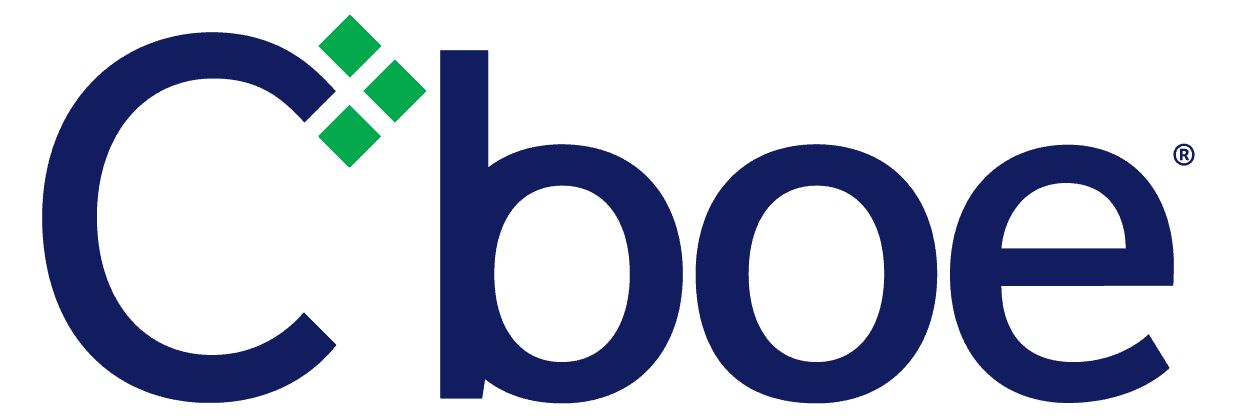 Electronification and automation are persistent themes in equity markets, with investors and intermediaries searching for ever more efficient and optimal ways to trade. For a long time, the electronic block trading market in Europe was dominated by a single player operating a buy-side-to-buy-side network, in competition with traditional high-touch sales trading and the provision of risk capital by banks or brokers.
Electronification and automation are persistent themes in equity markets, with investors and intermediaries searching for ever more efficient and optimal ways to trade. For a long time, the electronic block trading market in Europe was dominated by a single player operating a buy-side-to-buy-side network, in competition with traditional high-touch sales trading and the provision of risk capital by banks or brokers.
That has now changed. Cboe BIDS Europe – a relatively new entrant – has become the largest electronic block trading platform and is seeking to support rather than compete with the traditional high touch model. In this article, Natan Tiefenbrun, president, Cboe Europe, and Stephen Berte, president, BIDS Trading, talk with clients about the factors behind Cboe BIDS Europe’s growth and what lies ahead for the platform.
Natan, why has Cboe BIDS Europe become the leader in its space?
I would attribute customers’ support and our resulting success to a number of different factors.
Firstly, the business model for Cboe BIDS Europe is one that seeks to strengthen existing buy-side-to-sell-side relationships. Cboe is not seeking to compete with or disintermediate our sell-side members, and so that naturally lead us to a unique model where, for all their trades via BIDS, the buy-side face and pay commissions to a designated broker of their own choosing.
Secondly, by developing a more open model that brings together both buy-side and sell-side block liquidity indications – in a manner that prevents information leakage and ensures good trading etiquette on all sides – we have been able to aggregate more liquidity than competitors, making BIDS a better solution for clients seeking those block trading opportunities.
Thirdly, the market trusts Cboe to operate BIDS as a neutral platform focussed exclusively on block trading. Buy-side clients don’t need to worry that we might supplement volumes by broking their flow, the sell-side appreciate that we’re not trying to sell their customers other services that might compete with their own, and the exclusive focus on blocks means we consistently deliver larger trade sizes than any competitor. Along with neutrality in its operations, as a venue operator we are also obliged to operate a transparent pricing policy for all participants. This provides assurances to our buy- and sell-side customers that they are being treated equally and enables any negotiation on commission rates to remain the remit of the buy- and sell-side negotiation.
Lastly – we’re now working to enable traditional sales trading and trading teams to leverage the BIDS network to find natural contras for high touch block trades via our Directed IOI service. In addition to helping the desk to discreetly find block liquidity, the DIOI feature creates a commission for the broker. We expect this to further differentiate BIDS’ liquidity value proposition to our buy-side clients.
Cboe BIDS Europe by Numbers*
LIS Market Share and rank among like-for-like platforms** | 36%, 1st |
Buyside Direct Users | 236 |
Sellside Direct Users | 28 |
Designated Brokers | 29 |
Average Daily Value Traded | €464 million |
Average Trade Size (Buy-side) | €1.3 million |
* As of September 2022 **Source: big xyt
Brian Gallagher, head of European execution, Exane BNP Paribas, what is unique about Cboe BIDS Europe?
When BIDS first launched in Europe it was a combination of the openness to the sell-side, and the Designated Broker model (whereby the buy-side have a choice about which brokers to trade and settle with) which we felt were significant differentiators. Whilst our algorithms could already access other block trading services, experience suggested that our liquidity wasn’t always presented to the buy-side on favourable terms – so BIDS offered us a superior block discovery channel. The designated broker model also allowed clients to reward us with execution commissions, for example for providing consistently good sales-trading coverage, even if we weren’t the source of liquidity on a particular trade. The value proposition is also nice and clean. BIDS exclusively trades above-LIS blocks, which makes it easier to explain to clients how and why we use BIDS rather than alternatives that blend block trading and small sizes in the same venue – which is one reason we think BIDS has grown to become the largest block venue.
Richard Worell, head of EMEA equity trading at Janus Henderson, what is your experience of using Cboe BIDS Europe?
Cboe BIDS Europe has helped us significantly. We will always value access to block liquidity without needing to disintermediate broker partners who support our pursuit of best execution with great service and access to sources of agency and principal liquidity. The integration with our OMS/EMS workflow makes it incredibly easy for our traders to use BIDS. We are sensitive to the risk of information leakage, and so the fact that BIDS is exchange-operated provides extra reassurance. They also do an excellent job of enforcing strong etiquette on buy-side and sell-side participants alike, so we rarely worry about counterparties falling to firm up with us. Cboe’s greatest strength is providing clients with a range of execution mechanisms, and we look forward to continued innovation.
Stephen, can you explain more about the BIDS Directed IOI service?
The classic BIDS service is an anonymous electronic liquidity pool in which all participants pay to execute. It works well– but we recognise that the role of a high touch sales trader is to find a contra and get paid for placing a block. So the Directed IOI service creates a model where sell-side firms can leverage the BIDS ecosystem – including the buy-side blotter integrations – to deliver high touch IOIs directly to buy-side firms that have a live contra order on their blotter; the buy-side can see who is sending them the IOI, and if they trade, it’s on a high touch basis with the originator of the IOI. We see interest in using this new “counterparty discovery” capability both for principal-risk unwind, and for agency block flow – and the service appeals most to firms looking to find a counterparty via BIDS for the first clip, and then explore the larger trading opportunity bilaterally.
Michael Green, managing director and COO of electronic trading at BMO Capital Markets, as a recent joiner, what drew you to Cboe BIDS Europe?
We recently joined Cboe BIDS Europe as both a direct user and designated broker and intend to add its Directed IOI service as a routing option in our customisable routing protocols. As a firm with a big footprint in North America – we were particularly attracted to a platform that is open to buy-side and sell-side firms with order flow from Europe, the US and Canada, allowing for greater trading opportunities across jurisdictions. As we expand our execution footprint in Europe, we’re looking to align with innovative partners that will continue to differentiate our electronic trading solution, by offering clients greater transparency and control over the liquidity we source on their behalf. Through the Directed IOI service, we hope to leverage the blotter/workflow integration BIDS has built to deliver liquidity in the most seamless manner for our clients.
Stephen, what’s next for BIDS?
We continue to onboard more buy-side and sell-side members and are also focused on growing the network internationally. BIDS first operated in the US, then launched in Europe, and has recently gone live in Canada. Next on the list is the APAC region, starting with Australia in early 2023. We’re already seeing Australian and Japanese buy-side and sell-side clients joining ahead of the planned launches in their region.
